
Overselling describes the practice of companies selling more of something than what they have available. This is typically a calculated move with the expectation that a certain portion of customers simply won’t use what they paid for based on historical data.
Airlines, in particular, are notorious for this practice and will typically sell more seats for any given flight, understanding that certain passengers won’t show up for their flight. As the costs of the flight are the same regardless of the number of passengers, flying with empty seats is simply money left on the table.

As overselling is an estimate based on previous flights on that particular route. Cases where more passengers show up than there are seats available do happen.
In such circumstances, the airlines can offer incentives such as seat upgrades, additional flight credits, or even cash payouts for passengers willing to take a flight at a later time. While this might seem counterintuitive at first, the rate at which more people show up happens is more than compensated for by the number of no-shows, making overselling a smart economic business decision from the airline’s point of view.
So long as they find travelers willing to take them up on an offer of an incentive for a delayed fly-out time, the passengers are also happy and the plane flies full.
Table of Contents
So, How Is the Hosting Industry Overselling?
A prevalent tactic within the hosting industry, excluding the very best hosting companies, is to oversell their resources. This is easier to hide on shared hosting but happens with most VPS hosting providers as well.
Due to the nature of mission-critical workloads run on a VPS or dedicated server, servers are generally rack-mounted and kept in cooled pods for efficient temperature control and round-the-clock peak performance. They also typically include redundancies at every level, from power supplies and network interfaces to air-conditioning, to keep the environment stable and give the engineers time to repair or replace the faulty parts with no service interruptions.
Coupling the high equipment costs, engineers, support staff, and the typical costs associated with operating a business, some hosting providers choose to cut corners rather than utilize realistic prices. One of the most common methods is simply to oversell their equipment and hope that most users do not utilize their server resources to full capacity.
In a similar way to how the airline industry oversells seats, so too do many hosting providers oversell their resources. Unlike passengers who get offered incentives, however, overcrowding servers results in slower run speeds and increased downtime. This is not something you typically get compensated for, and if your site goes down, you really don’t have much of a choice.
What Exactly Is Being Oversold?
Hardware components for enterprise-grade servers, used by hosting providers, are typically significantly larger, more robust, and specialized, with more CPU, RAM, and storage sockets than even the most premium desktop computers.
A typical server is made up of a rack mount chassis containing a system board with multiple CPUs, memory, storage, power supplies, and a network interface. These physical resources are then divided across virtual private servers and shared servers.
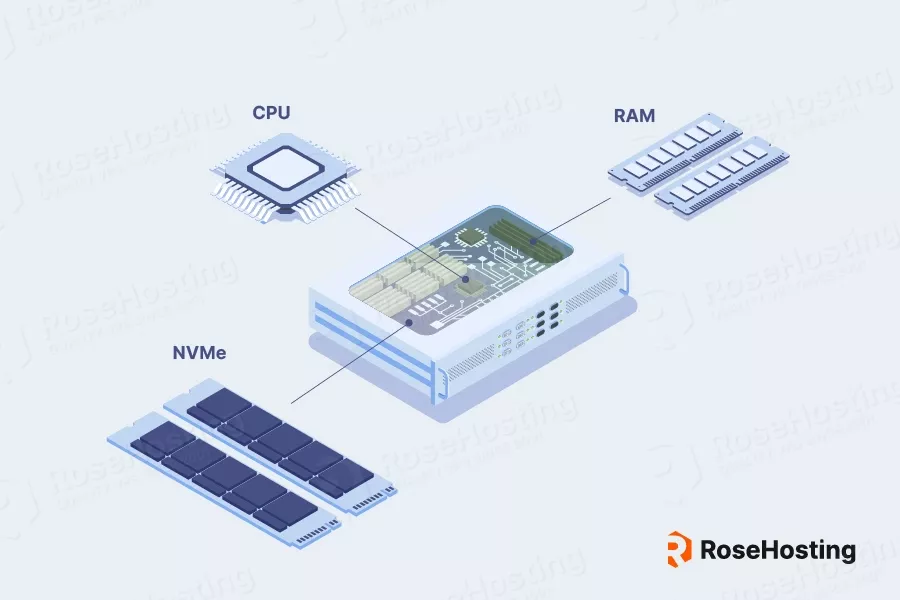
A CPU, for example, may come with 32 cores, with four such CPUs fitting on a single server motherboard for a total of 128 CPU cores for the hosting provider to lease. If you purchase a plan with 2 CPU cores, you would expect to be able to use 2 CPU cores to run your website, applications, and additional software as you see fit. In a perfect world, up to 64 users, just like you, would use this same server, and everyone is happy.
However, if the hosting provider realizes that the average user on that server is only utilizing 50% of their CPU capacity, they could sell twice as many servers and still function normally for the most part. That is until some of those users started using more capacity, and it slowed down or even crashed the entire server.
With shared hosting, it’s even more prominent as accounts do not get physical resource allocations but rather arbitrary limitations such as hosting a certain number of websites that you can run on your server with a specific number of monthly page views your sites can accumulate.
A single site may require a fraction of a CPU core or hundreds of CPU cores depending on the size of the site and bandwidth used up in order to run quickly and efficiently, so packing in hundreds or even thousands of sites on a shared server may be a recipe for disaster if any sites grow large or go viral.
The Economics of Overselling
We firmly believe that any server resources you pay for should be considered yours to use as your own server. Use as you please, along with all of the resources you’ve paid for, while we take care of the maintenance and optimization hassles.
One of our NVMe 2 VPS plans comes with 2 CPU Cores, 2 GB of RAM, and 50 GB of super-fast PCIe 4.0 NVMe storage. Meanwhile, a larger NVMe 12 VPS plan comes with 6 CPU Cores, 12 GB of RAM, and 160 GB of NVMe storage.
On that same hypothetical server we mentioned before, with a capacity of 128 CPU cores, we would be able to fit a total of 64 NVMe 2 VPS plans and be at full capacity. At least as far as CPU cores are concerned.
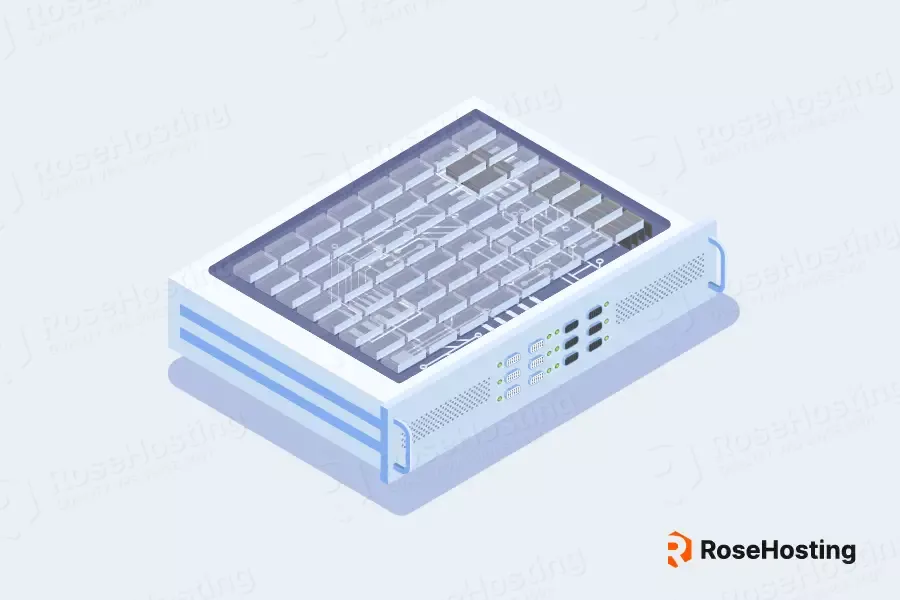
On the other hand, if 21 users purchased an NVMe 12 VPS plan with 8 CPU cores, this would take up 126 Cores in total, leaving exactly 2 CPU cores for another NVMe 2 VPS on that same rack. This would fill out the capacity for a total of 22 Virtual Private Servers.
So far, in this example, we have only been focusing on CPU cores, ignoring RAM and storage. These, however, also have physical restrictions, though they do not always perfectly match one another. This is why you’ll see different providers offering different plans and why a typical server is split up across numerous Virtual Private Servers of various sizes.
In our example, we would be able to accommodate from 22 to 64 VPS customers depending on the size of the VPS for each person. The below example shows 48 Virtual Private Servers of varying sizes.
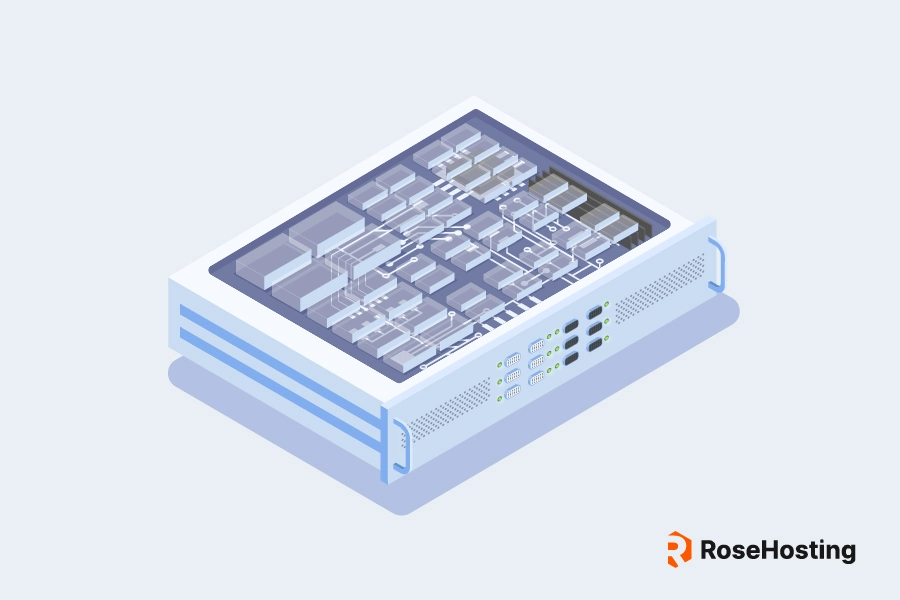
Where overselling comes into play is when a hosting company sells that same resource to multiple clients. This is usually at a slightly cheaper price point to attract more buyers. This is feasible only by fitting more “Virtual Private Servers” on that single server than what’s already available. They do this knowing that 85% of their customers utilize only 20% of their CPU resources or less 99% of the time. This equates to a 1% chance that enough users on a server will get to or cross the 20% mark.
Going from 64 to 128 VPS sales allows the hosting company to make twice as many sales without increasing their cost and only a 1% chance of things getting out of hand. With a cheaper cost than their competitors, they’ll attract more sales, but each customer is not really getting what’s being advertised.
From a mathematical point of view, this seems logical. Right?
Until you realize that the 1% chance of their servers crossing that heavy load equates to 7.3 hours or 438 minutes each and every month.
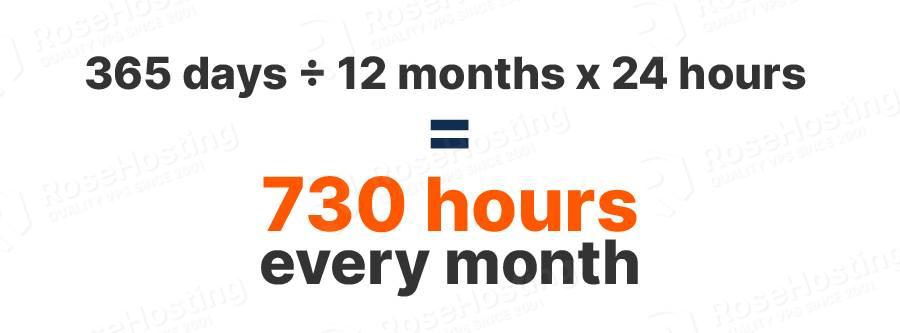
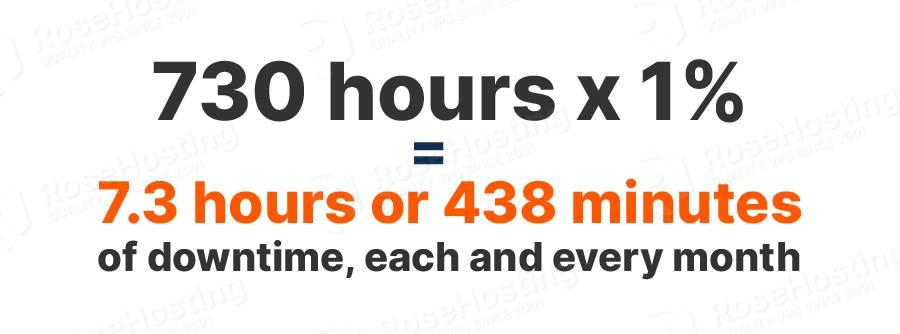
Even with a 99.9% chance of stable hosting, these servers still have a 0.01% failure rate. This equates to 44 minutes of downtime every month. This might not be a big deal for a small blog with a few hundred monthly viewers.
For a bigger site or an e-commerce platform on the other hand, these 44 minutes monthly can cost them significantly, let alone 7 hours and 18 minutes of downtime every month. Downtime like this can cost a company far more than they save going with a cheaper hosting provider.
Ok, but Does Overselling Impact My Server Negatively?
By overselling a large number of servers, the resources that you use are not technically yours to use, as those same resources have been sold to multiple people at the same time, in calculated hopes that most users will only use a fraction of the resources. When things don’t go as planned, unlike airline companies, your servers run slow or drop entirely, and you typically get no reimbursements. It’s basically tough luck, and get used to it.
Overloading a server, much like overloading any other piece of hardware, not only shortens the lifespan of said piece of hardware, which can bring a whole new set of problems with it, but in extreme instances, it can lead to extreme slowdowns and even your server dropping entirely.
In the very worst-case scenario, this can result in data loss issues if your server is in the middle of reading and writing to storage at that very moment. What’s more, the fault doesn’t even have to be with your own server but a collection of other users sharing the same physical server with you.
In theory, a VPS should bypass this entirely as your resources would be allocated only to you; however, when companies oversell those resources, your VPS turns out to be a lot more limited than what you’re paying for. Instead of 3 CPU cores and 4 GB of RAM, you might be getting 2 CPU cores and 2 GB of RAM instead, meaning that while you’re paying less for the same plan you’ll get on another site, you’re actually getting a lower level plan which may be insufficient for your hosting needs.
In instances where some 20 of those 64 Virtual Private Servers suddenly have websites or applications with major spikes in processing draw, such as blog posts going viral. The remaining 44 servers need just to run normally for the 128 CPU cores to exceed capacity and the whole server to fail, knocking the entire house of cards down, and your 99% or 99.9% uptime guarantee goes down the drain.
Now, while all of the previously mentioned scenarios are unlikely to happen, the scary part of overselling truly becomes apparent once greedy business practices outpace practical usage estimates.
If instead of 64 Virtual Private Servers, Evil Hosting Corp decides to add 200 or more using the same resources, the chance of overuse scales significantly, and your server is then almost guaranteed to drop regularly and, at best, run exceptionally slowly all the time, which will negatively impact your SEO rankings and conversions.
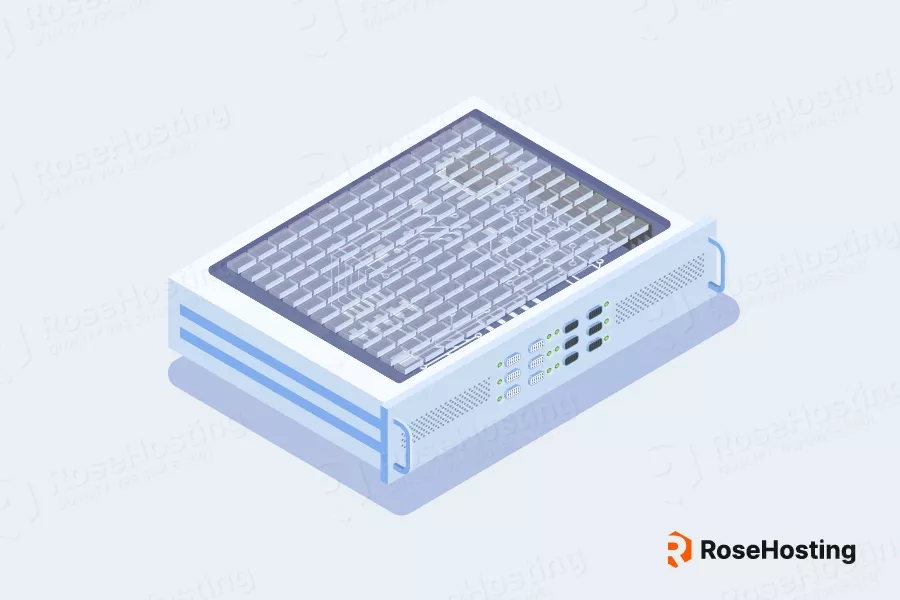
New or Old Equipment
Understanding the basics of overselling outlined above, you may consider looking at providers that don’t oversell yet come across providers offering too-good-to-be-true deals for too-good-to-be-true prices. The only way this can be achieved without overselling is if they use years-old hardware as opposed to brand-new equipment.
Whilst not immediately made obvious, outdated equipment is naturally inferior to cutting-edge hardware. Older RAM, for example, runs at a slower frequency, while older CPUs have lower clock speeds per core and can therefore make fewer calculations in the same amount of time. This means that not all CPU cores are created equal, and 4 CPU cores with one provider might be equivalent or worse than 2 CPU cores with another.
What’s more, these slower cores, coupled with the fact that older CPUs had a lower core count on top, lead hosting providers who use this tactic to space fewer Virtual Private Servers on a single server. This, in turn, will force those providers to utilize overselling tactics sooner rather than later.
Top Tips to Avoid Overselling
- Check how your hosting provider server benchmarks stack up. This should give you an idea of how good your hosting provider’s equipment truly is. There will be variations between tests, but they should at least be in the upper echelons.
- Read reviews across as many platforms as possible. Pay special attention to the ones mentioning their hardware and users who have been with them for a long time.
- If you’re happy with what you’ve seen from the benchmarks and the reviews, you can always test a new hosting provider by subscribing to a monthly plan first rather than locking yourself into a 3 or 4-year pre-paid contract. This will give you an idea of what you’re getting yourself into, and most good providers have either a promotional offer or a money-back guarantee.
- Leave a review if they’re good or bad so that more people can make an informed decision in the future.
